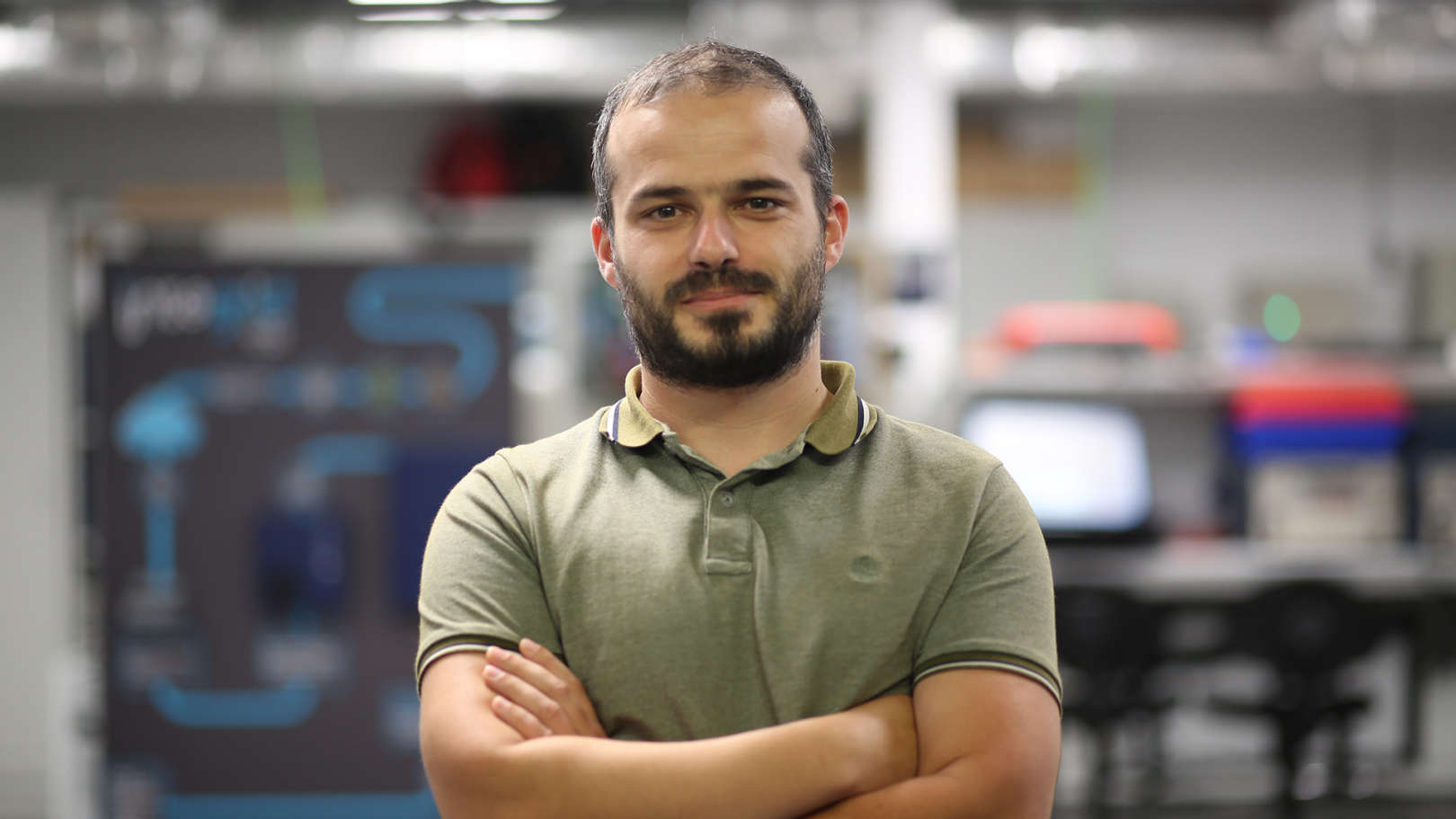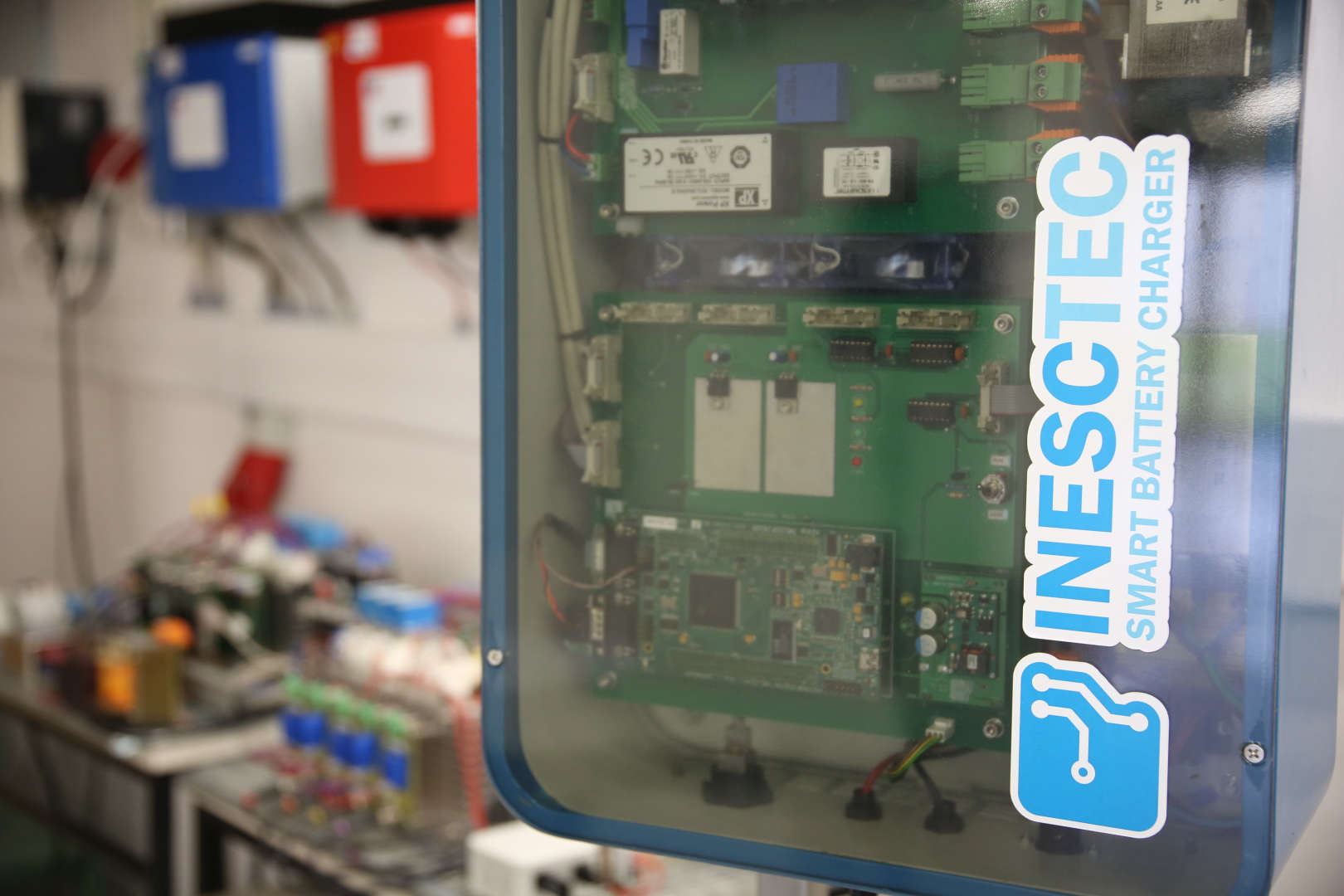About
Justino Miguel Rodrigues was born in Penafiel (1985) on 9th September 1985. He his Master's degree in Electrical and Computer Engineering in 2010 at the Faculty of Engineering, University of Porto. He obtained his Ph.D. degree in Sustainable Energy Systems in 2022, also at the Faculty of Engineering, the University of Porto, with a thesis titled "Advanced Control Functionalities for Smart-Transformers Integrating Hybrid MicroGrids." His PhD work was awarded the REN prize in 2023 for the best doctoral thesis in the years 2022 and 2023, focusing on the energy sector.
Currently, he is a Contracted Researcher at the Institute of Systems and Computer Engineering, Technology and Science (INESC TEC).
He currently holding the position of head of the SmartGrids and Electric Vehicles Laboratory (SGEVL) at INESC TEC.
He has also been invited PhD professor at Faculty of Engineering of University of Porto.
He works in the fields of Engineering Sciences and Technologies, with an emphasis on Electrical Engineering, Electronics, and Informatics, specifically in Electrical Engineering and Electronics.
He is currently leading the participation of INESC TEC in the H2020 European Project POCITYF.
Is research activity is focused in the topics related to Electric power grids, Electric power distribution, Integration of renewable distributed production, Smart electric power grids, Integration of Electric Vehicles into energy systems.




